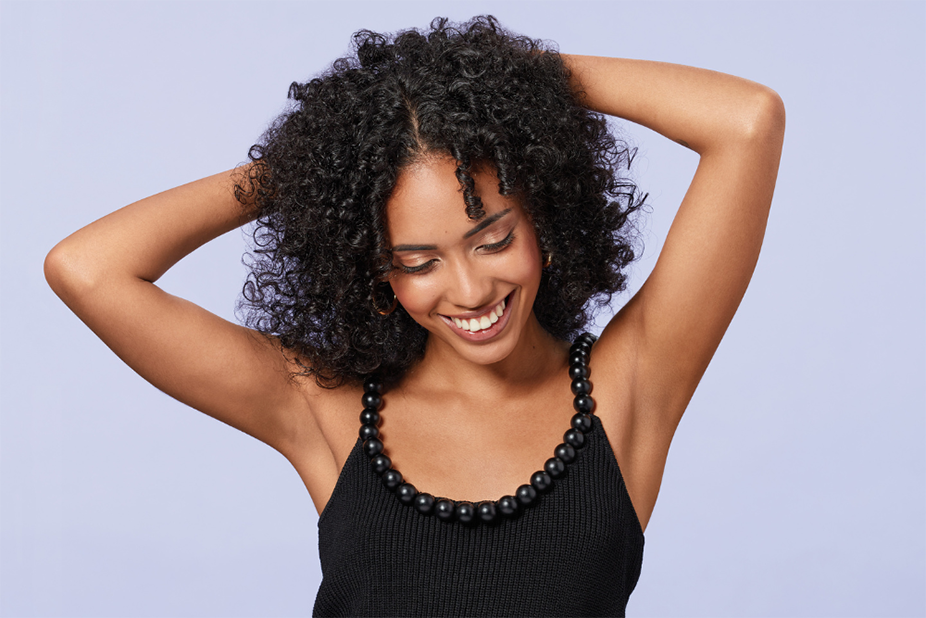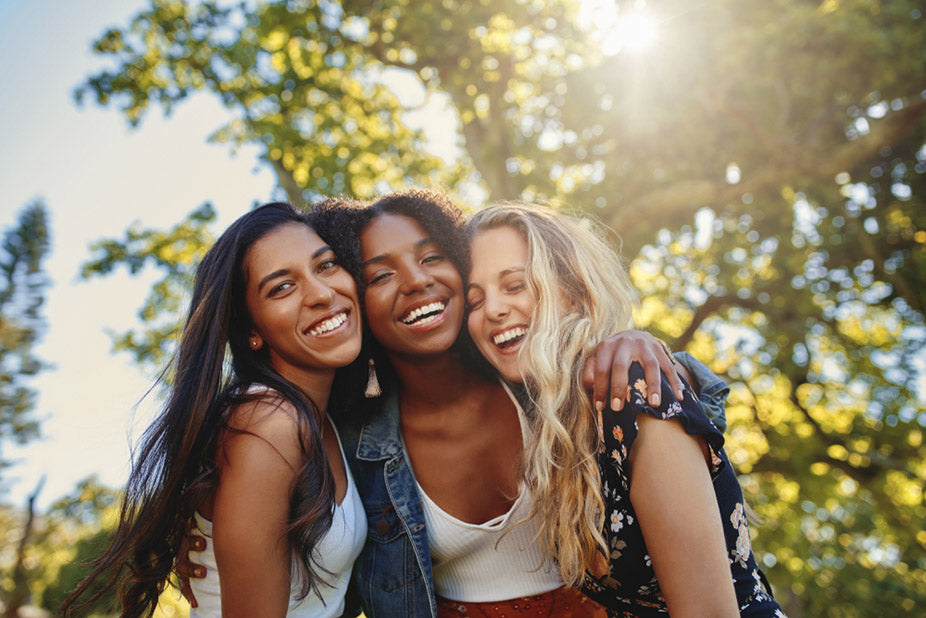
On the hunt for low-maintenance color that still makes a statement? You’re in luck. The balayage trend that started appearing over the last couple of years is here to stay in 2023. Along with being easy to keep up (say “good-bye” to six-week touchups), balayage is suitable for all hair shades and types. It can easily be dialed up or down, and it lightens and brightens without looking unnatural.
As if those weren’t enough reasons to get you to jump on the balayage bandwagon, how about the fact that you can do it yourself? At Zotos Professional®, we believe anyone can achieve salon-worthy results at home, so allow us to share tips and tricks for pulling off this popular color technique like a pro.
Browse Our Collection of Hair Color Products
What Is Balayage?
Balayage is a hand-painted highlighting technique that creates a more natural and less uniform result than traditional foiled highlights. It’s also easier to enhance or soften facial features.
Balayage History
Balayage means “to sweep” or “paint” in French, so it’s no surprise that this technique comes from the country of fashion, food, and minimalistic yet impactful beauty trends. It first became popular in Paris during the ’70s, but it didn’t make its way into the States until 20 years later. We saw a resurgence of balayage in 2016 and now again in 2023. Of course, since it’s such a practical, low-maintenance way to highlight your hair, there’s no need to wait until it’s trending to try it out.
What to Expect
Your hair’s starting color (virgin or previously dyed) will dictate your balayage's outcome. Generally speaking, medium to dark hair will lift to a caramel-like hue, whereas medium to light hair may result in strawberry blonde or golden results. Of course, a toner can combat too much warmth or brassiness.
Pro Tip: If you have super blonde or silver hair, you can use dye to reverse the balayage technique and add dimension to your hair. What color do you need? Take our quiz!
How to Do Balayage at Home
Below we break down how to try the balayage technique at home.

Source: New Africa/Shutterstock.com
Step 1: Gather Your Supplies
Basic supplies include:
- Lightener (bleach) and/or dye if needed: We recommend AGEbeautiful® Ultra Bond™ Creme or Powder Lightener (try our best-selling, convenient single-use 1 oz packet)
- Developer: AGEbeautiful® Ultra Bond™ 20 Volume Developer
- Mixing bowl
- A tint brush
- Comb
- Hair clips
- Color cape (or an old shirt)
- Towel
- Protective gloves
- A timer — but the one on your phone or smartwatch will do
- Consider investing in a portable hairstyle mirror or specialized three-way model to make it easier to balayage the back of your hair. If that’s still too tricky, ask for a friend to help you out.
Step 2: Prepare Your Product
Mix 20 Volume Ultra Bond™ Develper or 40 volume Ultra Bond Developer. Bleach shy? Zotos Professional® offers various bleach and non-bleach lightening options for both light and dark hair, which helps take the guesswork out of processing time.
Pro Tips:
- When choosing a developer, keep in mind that the level of volume dictates how fast the bleach will lighten your hair. So, 20 volume is slow and less aggressive whereas a 40 volume works faster. A low volume developer will still lighten your hair to the same degree, but a higher volume will get the job done faster.
- A high volume developer like 40 volume is better suited for thick, dense, coarse, and curly hair because they’re more difficult or slower to lighten.
- On the flip side, some hair types don’t agree with a faster, more aggressive developer. A lower developer is a good choice if you have hair that’s been bleached, high lifted, permed or relaxed, or hair that’s fine or fragile.
- Remember, never use higher than 20 volume developer when applying hair lightener/bleach to the scalp area. Applying a hair lightener with higher than 20 volume can cause severe scalp irritation.
- For more expert advice, check out our blog post on the importance of developers and the perfect way to mix like a pro!
Step 3: Section Your Hair
There are several different ways to section your hair before balayage, but one of the most common is the horizontal approach because that’s how your hair falls naturally, so it’s the easiest way to create an impact. From the top of your scalp to the bottom, take sections of your hair horizontally across your head and clip them until you’re ready to work.
Step 4: Balayage
What makes the balayage application process desirable is there aren’t any strict rules. Don’t get caught up believing you have to follow a pattern. Trust your instincts and place the highlights where you think they’ll look the most flattering.
- Pro Tip: Make zig-zags through your hair with the end of your tint brush to make smaller sections. Next, backcomb each section before applying the bleach to prevent harsh lines and encourage a more natural effect at the root. Check out our video demo here (link out to social post of this backcomb technique)
- Use a tint board or your fingers to distribute the product throughout the entire section of hair evenly.
- Once you complete a section of highlights, continue to the next section working your way around the head from section to section to ensure all desired areas received lightener.
Step 5: Processing Time
When it comes to processing time, hair thickness and starting color are two main factors. Keep checking your color throughout the processing time every 10-15 minutes for up to 60 minutes.
Step 6: Rinse
Rinse the lightened sections thoroughly and shampoo to remove all lightener from the hair. If you like the result, move on to step 8. If your color is too brassy, advance to the next step.
Step 7: Tone (If needed)
A blue or purple toner eliminates brassiness to help you achieve your desired result. The toning process can be super quick, Mix the toner according to package directions, usually 10 volume developer is the best choice for freshly lightened hair). Apply to all sections of hair and from root to tip. Process 10 to 20 minutes, checking every five minutes until the desired result is achieved.
Tone Your Hair with Ease with Our Brass Reducing Toners
Step 8: Rinse, Shampoo, and Condition (may swap with tone step order)
Rinse out the toner (if applicable) and follow with our Ultra Bond™ Cleanser and Conditioner to help preserve your balayage highlights while providing hydration and shine. If you desire to reduce brassy/yellow undertones - try our Ultra Bond™ Blonde Care Purple shampoo and conditioner.

Source: Pormezz/Shutterstock.com
Step 9: Style
Showcase the fruits of your labor with a solid blow dry style. Zotos Professional scalp-friendly Biotera® Mousse or Gel. Finish off your look with Biotera® Flexible Hold Finishing Spritz for instant texture and shine and to maintain volume.
After Care
Just because balayage color is low maintenance and can last three to four months doesn’t mean it doesn’t require aftercare.
- Continue using your color-preserving shampoo and conditioner, but add a weekly salon-quality treatment such as Zotos Professional ULTRA BOND™ No. 2+ Deep Treatment or Overnight R&R Leave-In Treatment to help protect and strengthen hair during and after lightening.
- If your highlights start to look a bit brassy, reach for our Ultra Bond™ Blonde Care Purple Shampoo and Conditioner.
Now you know how to execute highlights like a pro! Remember — the balayage technique is not one-size-fits-all. Get creative with the application technique, and if you’re apprehensive initially, start with a partial versus a full. If you need to cover your roots or add some lowlights, take our hair color quiz here to help you find the perfect match.


